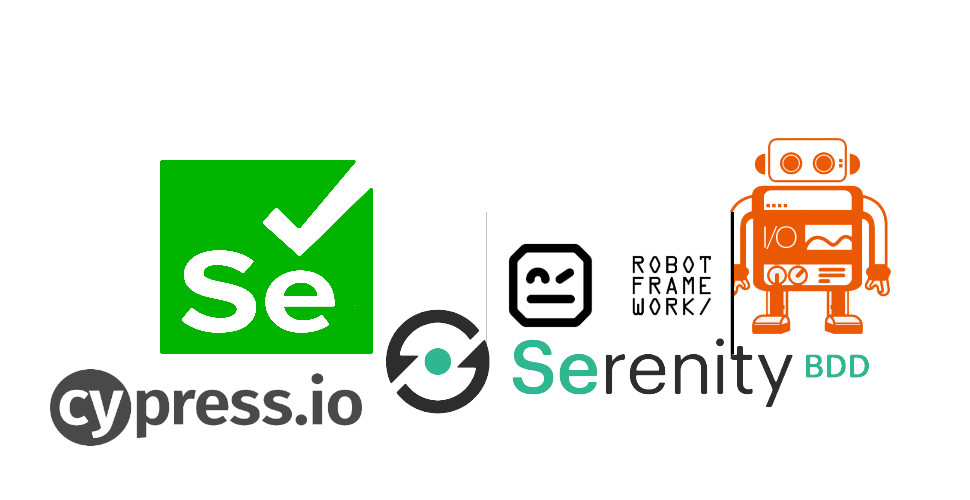A test automation framework is a collection of best practices, popular
tools, and libraries that help QA testers evaluate the functionality,
security, usability, and accessibility of multiple web and mobile
applications.
It enables the user to efficiently develop, run, and report automation
test scripts. Typically, these frameworks combine guidelines, coding
standards, concepts, processes, practices, project hierarchies,
modularity, reporting mechanisms, test data injections, etc. Users
benefit because they can easily follow the standards while automating
the application. While there are many benefits to using test automation
frameworks, some of the most valuable are ease of scripting,
scalability, modularity, process definition, reusability, and low
maintenance requirements. Typically, developers use one or more
frameworks to maximize these benefits.
When a development team is working on different modules of the same
application, it is important to avoid a mishmash of approaches. This
creates confusion and increases the probability of errors. Instead,
organizations should choose the ideal framework for their specific needs
and apply it to each module. Other benefits of using test automation
frameworks include:
- Reusability of code
- Maximum coverage
- Recovery scenario
- Low-cost maintenance
- Minimal manual intervention
- Easy Reporting
Selenium

The selenium framework is the most widely used open-source framework
for test automation for web applications. Since it is compatible
with multiple operating systems.
You can write test scripts in multiple languages, which is one of
the reasons why Selenium is the basis for many testing tools and
automation frameworks.
It provides extensions to emulate user interaction with browsers, a
distribution server for scaling browser allocation, and the
infrastructure for implementations of the WebDriver specification
that permits you to write interchangeable code for all major
internet browsers.
It supports the integration of a wide range of APIs and many
languages such as:
Java.
C#.
Python.
Ruby.
JavaScript.
etc……
Robot Framework
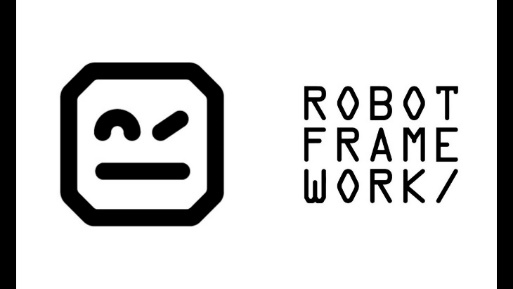
Robot Framework is an open-source framework, so any newcomer can
easily understand and does not need any high-level knowledge of
testing to get started with the framework.
This is an open-source test automation framework for acceptance
testing and acceptance test-driven development.
It supports different test case styles like keyword-driven,
behaviour-driven and data-driven for writing test cases.
RF have community support for external libraries, tools that are
open source and can be used for automation.
In Robot Framework, Selenium Lib used for web development & UI
testing.
Anyone can easily install and helps in creating and run the test
cases.
Modular

You can try this demo project found on GitHub -
https://github.com/robotframework/WebDemo

Serenity helps structure your automated acceptance tests to make
them easier to understand and maintain and has great reporting
capabilities along with tools like Cucumber and JUnit.
This test results collection is providing clear and meaningful
reports, that reflect not only the outcomes of your tests but also
the status of the product. And stores the test results in a
standardized format.
Serenity provides libraries and templates that make it easy to write
cleaner, reusable code.
It provides compressed integration with Selenium WebDriver and
RestAssured, to make both web testing and API testing easier and
more efficient. and modern testing patterns such as:
Page Objects Model.
Action Classes.
Screenplay Pattern.
Serenity reports designed to provide living documentation of your
product.
Facilitates writing Behavior Driven Development and Selenium tests
by abstracting boilerplate code.
Help you to test multiple scenarios at a high level while sustaining
lower-level record details.
Comes with pre-built functions, Like:
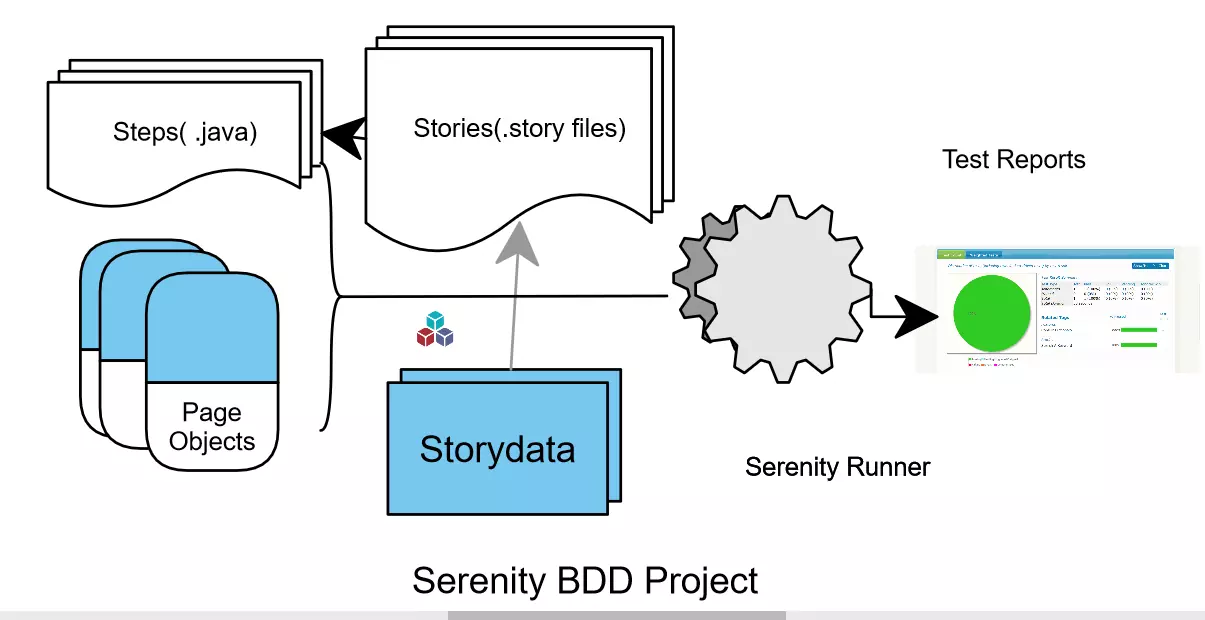
Cypress IO
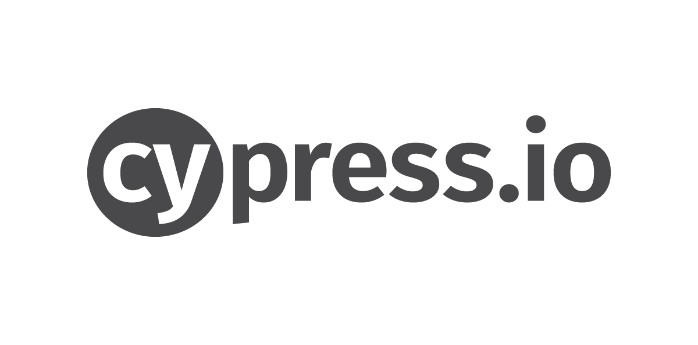
When compared with others, cypress is a more developer-centric test
automation framework and a new standard in front-end testing for
every developer and QA engineer.
It is a complete end-to-end testing experience that is based on Test
Driven Development.
Cypress has its Test runner which can write and run tests locally.
Debugging tests is also easy as running tests with built-in
parallelization and load balancing.
It has next-level benefits like record test results, screenshots,
and video - and view collections insights in cypress.
Another advantage is it has real-time reload ability automatically
reloads whenever you make changes to your tests.
Unlike other frameworks, cypress has automatically waited for
commands and assertions before moving on.
Webdriver-IO

It's a next-generation web and mobile automation framework for
Nodes.js
If your team is formed of JavaScript developers and testers who are
good at coding, this framework can doubtless cause you to be happy.
It permits you to automate any application written in cutting-edge
web frameworks such as:
React.
Angular.
Polymer.
Vue.js.
in addition to native mobile applications for Android and iOS.
It comes with smart selector strategies which could, e.g. The use
of react$ command,
fetch React components via its name, and clear out it by using its
props or states. A comparable command called
$shadow provides
the capacity to fetch elements within the shadow
DOM
of a web component.
It is an extendable framework that has helper functions, or more
complicated sets and combinations of existing commands which is
simple and useful.
Webdriver-IO can be run on the WebDriver
Protocol for actual cross-browser
trying out in addition to Chrome De-Tools
Protocol for
Chromium-based automation using Puppeteer.
Another plus point is it has a huge variety of community plugins
that allows you to easily integrate and extend your setup to fulfil
your requirements.
Key points to think about before selecting a Test Automation Framework
When it comes to choosing a test automation framework, surely it might
be a really difficult task as you have so many test automation
frameworks available. It can be overwhelming to choose the one that
works best for testing your application. We have to go through many
considerations to choose the best framework for us. So here we will
explore the initial considerations for choosing a framework.
Understanding the requirements
To choose the test automation framework that fits the project first, we
should understand the business requirements of the project. There can be
many business requirements but here we will share some of them which
help to choose the test framework. Type of the project: web application,
mobile application, or desktop application. Scope of the project:
Identify the test scenarios for each feature and its dependencies. It
helps to identify the foundation of tests and to spot the foremost vital
areas to test. Understand the capabilities of your team whether the team
is enriched with required strengths. Requirements on how it needs to be
implemented and maintained.
Identify the main criteria of the project.
Under this, it needs to understand key criteria of the project such as,
Identify the pros and cons of each framework.
List down all frameworks with the key criteria’s and identify the pros
and cons of each while considering the organizational and business
requirements.
Analyze the results.
By considering all the above criteria’s take a decision with your team
and choose the framework with Maximum coverage, Recovery scenario,
Minimal manual intervention, and Easy reporting.
Getting Started
The following helpful questions to determine the best framework for your
organization:
- Consider the application and the technology involved. How was the
application built? What is the user experience like?
- Think about testing requirements. Does the application have a very
complex workflow process?
- Determine the license cost of the tool. What costs are associated
with each framework?
- Evaluate the skill sets available within your organization. What
skills does your team already have?
- Is there a team that could plug into one of the frameworks?
When evaluating multiple tools, it is useful to create a dashboard to
evaluate various metrics such as ease of scripting, integration, usage
and generating reports. And will help you choose the right tool for you.
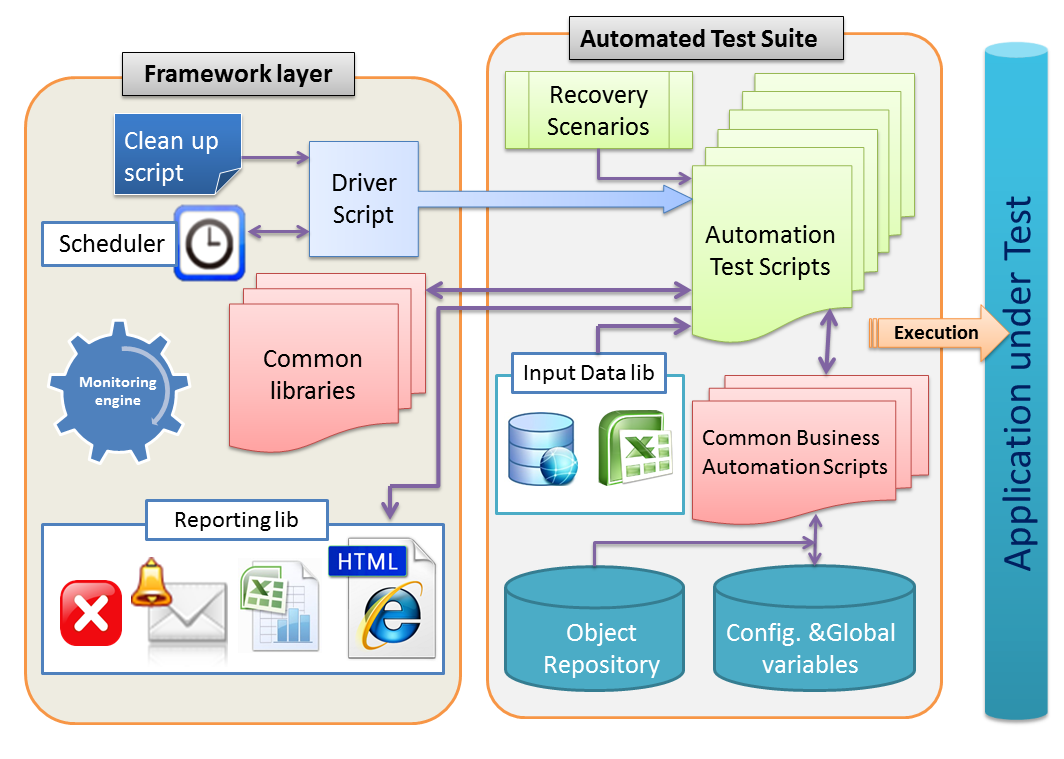
Conclusion
There are so many open-source test automation frameworks and tools out
there that it is impossible to list them all in one article. These 5
tools catch my eye, but keep in mind that not all tools and frameworks
are created equal. The two areas that these frameworks and tools shine
in are their support for different operating systems and different
scripting languages.
As automation tests become more popular, new challenges and
opportunities arise. For example, AI, Robotic process automation (RPA),
and machine learning are expected to experience significant growth over
the next few years. Therefore, it is wise to consider the benefits and
risks of automation, including test automation frameworks and RPA
solutions, in your company.
